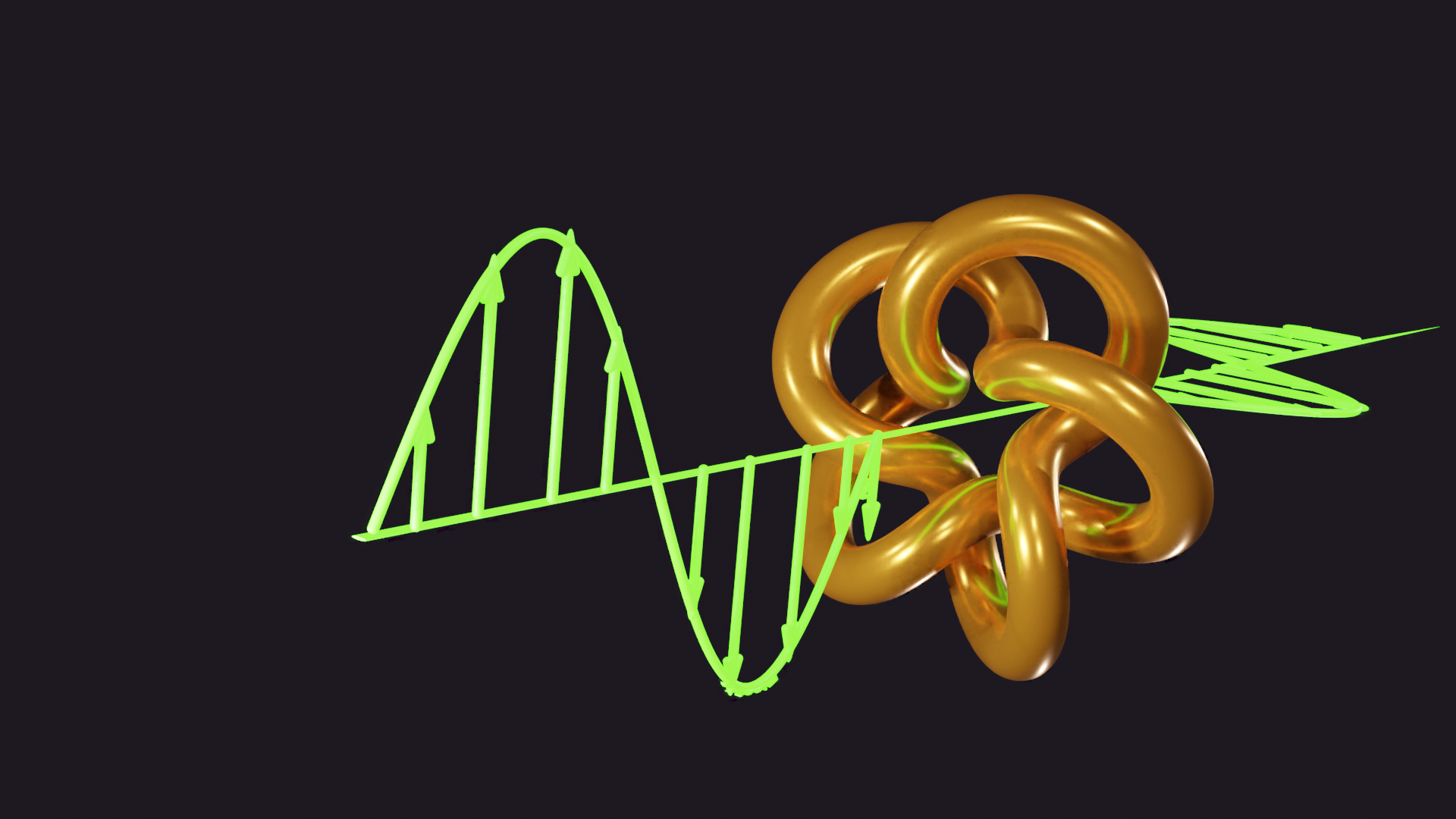Avoiding the Time-static Simplification in the Simulation of Time-varying Materials
Materials with time-varying permittivity are an emerging research area in the electromagnetics and optics communities. From Maxwell's equations, the electric displacement (D) must be continuous in the time domain. However, this requirement is not satisfied for some conventional time domain solvers, which were developed for time-invariant simulations. Here we briefly review several commercial and open-source software packages. Some of them employ a so-called time-static simplification, which works well for time-invariant materials but will fail for time-varying materials. Read more Wending Mai*, Jingwei Xu, Douglas H. Werner
Continue reading...